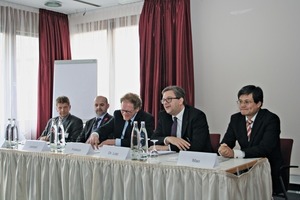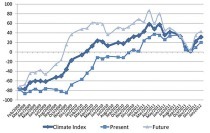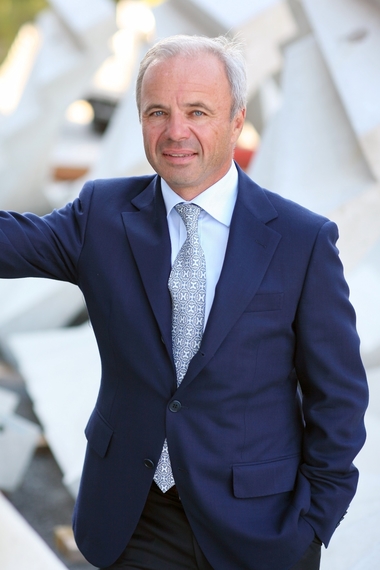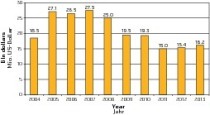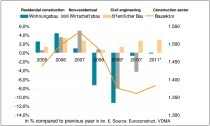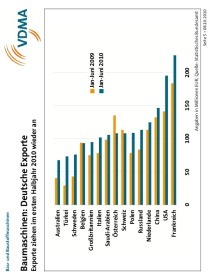German precast industry continues to grow
The upward trend in precast concrete products production that became evident in the last decades continued in Germany. For the year 2014, the industry expects a turnover of more than 5.6 billion euros, which corresponds to a plus of 9 %. This was announced at the press conference given at the 59th BetonTage in Neu-Ulm. The number of employees remained unchanged at 45.000.
Growth in all segments
The positive development in housing construction was once again the reason for the growth. In 2014, for example, around 235,000 dwelling units were built – a growth of around 8 %. Historically low mortgage rates, expectations of higher income and a lack of profitable investment alternatives resulted in an increased demand for the construction industry. The mild weather conditions also had a positive influence. From this, the manufacturers of precast floors and wall elements profited as well. According to the statistics, their turnover increased in the first three quarters of 2014 by 6 and 3 %, respectively.
The manufacturers of masonry blocks and units have also seen a slight increase in growth of 1 %. The turnover of concrete roofing tiles increased in the period of consideration by 5 %. The manufacturers of products for road, garden and landscaping also profited in the wake of housing construction and achieved turnover increases of around 13 %. The commercial building sector showed itself robust as well. The manufacturers of structural precast products were able to assert their position in this segment and increased their turnover by 1 %.
Further forecasts are more cautious
For 2015, the precast concrete industry forecasts a growth in turnover of only 1 %. Positive growth stimuli are expected to continue in housing construction. While the number of construction permits in the single- and two-family home segments declined continuously in recent months, the opposite was the care in the multi-story housing sector. The demand is high, in particular in high-density areas, and is further boosted by the continuing immigration. Commercial building will primarily depend on development of the overall economy and is currently beset by many uncertainties, such as the latent Euro crisis and the Ukraine conflict. For the public building sector, cautious investment activities are expected, despite higher tax revenues.

